The Palestinian Telecommunications Company has reported widespread disruptions in internet and fixed-line telecommunications services across Gaza and the northern Gaza Strip. The outage, attributed to infrastructure damage and ongoing conflict, has severely impacted connectivity for thousands of residents.
🛰️ Gaza’s Telecom Nightmare: Full Internet & Phone Disruption Confirmed
On June 22, 2025, the Palestinian Telecommunications Company (Paltel) issued a grave announcement confirming that internet and landline services in the Gaza Strip—especially in Gaza City and the northern governorates—were fully disrupted. The company stated that one of the main service-feeding routes to the region had been damaged, causing total disconnection from essential communication networks. This latest blackout adds to a long list of infrastructure failures that continue to isolate Gaza’s population amid ongoing conflict and instability.
🔌 What Caused the Outage? Network Infrastructure Under Attack
According to Paltel, the telecommunications infrastructure in Gaza has been repeatedly targeted and damaged due to the current violent climate in the region. The statement highlighted that engineers were working under immense pressure for over 48 hours, attempting to reroute lines and restore service. However, the relentless targeting of network routes has made it impossible to fully restore connectivity. The damage affected both the internet and landline telecom systems that serve hundreds of thousands of residents, humanitarian agencies, and emergency services.
📵 Real-Time Impact: Human Lives Disconnected
The loss of telecommunications is not just a technical issue—it has life-threatening consequences. Residents across Gaza are now cut off from emergency responders, hospitals, aid organizations, and loved ones. This makes it almost impossible to call for medical help, access safety updates, or communicate warnings in real time. In humanitarian terms, the blackout has effectively turned Gaza into a communications blackout zone, leaving civilians more vulnerable than ever. Without the internet, even basic coordination of food delivery, ambulance dispatch, and news dissemination is halted.
🧭 Aid Agencies Paralyzed Amid Digital Blackout
Humanitarian groups have confirmed that the telecom failure has had a devastating effect on relief operations. The United Nations and Red Crescent teams working on the ground reported that medical deliveries, emergency evacuations, and food distribution had to be suspended or delayed because communication with their local field teams became impossible. Coordination was further crippled due to the inability to send GPS locations or receive emergency alerts. This is not the first time Gaza has experienced this kind of infrastructure failure—but the duration and depth of this blackout is unprecedented in 2025.
💡 Digital Rights Groups Raise Alarm
Organizations like 7amleh and other regional digital rights advocates have condemned the shutdown, warning that the targeting of internet infrastructure during conflict is a direct violation of international human rights laws. They argue that digital access is as essential as food and shelter in conflict zones. The group stated that denying communication at such a scale muzzles journalism, delays life-saving aid, and isolates the population from the outside world. They called for urgent international attention to what they termed a \deliberate assault on digital lifelines.\
🛠️ Engineers and Technicians: Heroes Behind the Scenes
While the world watches, Paltel’s technical teams are risking their lives on the ground to repair damaged fibre cables, re-establish underground connections, and fuel backup generators. In many areas, engineers have had to bury cables as deep as 8 meters underground to protect against bomb damage. Despite repeated failures and risky conditions, telecom teams are continuing to work without pause, often sleeping at switching stations and control rooms to avoid delays in repair.
🌐 International Calls for Accountability
The blackout has sparked urgent calls from international watchdogs and telecom watchdog bodies. Many are demanding that communications infrastructure be treated as protected humanitarian assets, not military targets. The disruption to Gaza’s telecom system serves as a global case study in how digital lifelines can be used—or destroyed—in modern warfare. Legal scholars have emphasized that international laws governing war should be updated to include cyber and digital infrastructure protections, especially in densely populated civilian areas.
📱 Backup Solutions: eSIMs Offer Some Relief
In response to repeated blackouts, humanitarian tech groups have been distributing digital eSIMs to local journalists, medical staff, and activists. These allow people to access non-local networks via satellite or cross-border telecom towers. As of this month, over 200,000 Gazans are using emergency eSIMs for limited access to WhatsApp, email, and emergency broadcasting apps. However, these are only a partial solution and cannot replace the lost infrastructure that millions rely on every day.
🧩 What Happens Next?
At present, there is no clear timeline for full service restoration. Telecom engineers warn that as long as active targeting continues, new disruptions may keep occurring. Repairs are being made, but some underground lines remain inaccessible due to safety concerns. Humanitarian agencies have requested international oversight, and there are growing calls for independent third-party verification of the extent of the damage.
🚨 Final Takeaway: This Is Bigger Than Gaza
The blackout in Gaza is not just a regional story—it is part of a growing global trend in which access to information and communication is used as a weapon of war. The international community must recognize that the internet is no longer optional in emergencies. It is vital, lifesaving infrastructure that must be protected, respected, and rebuilt whenever conflict arises.

.jpg)


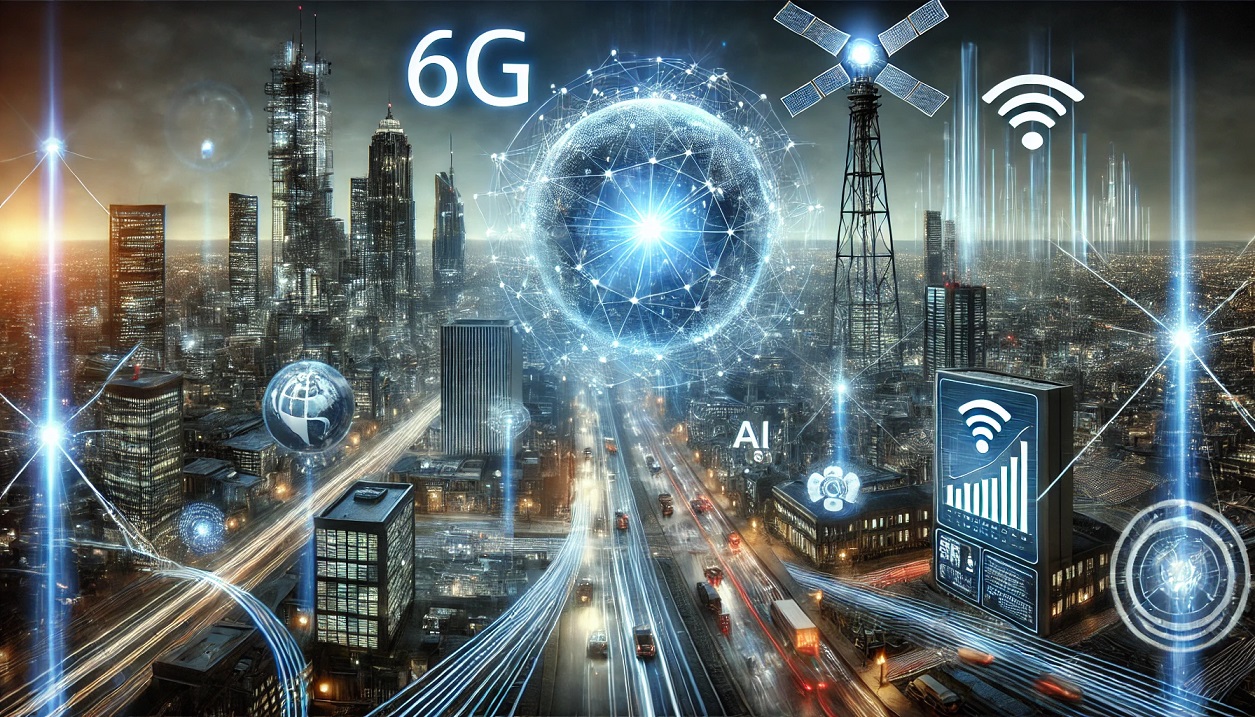
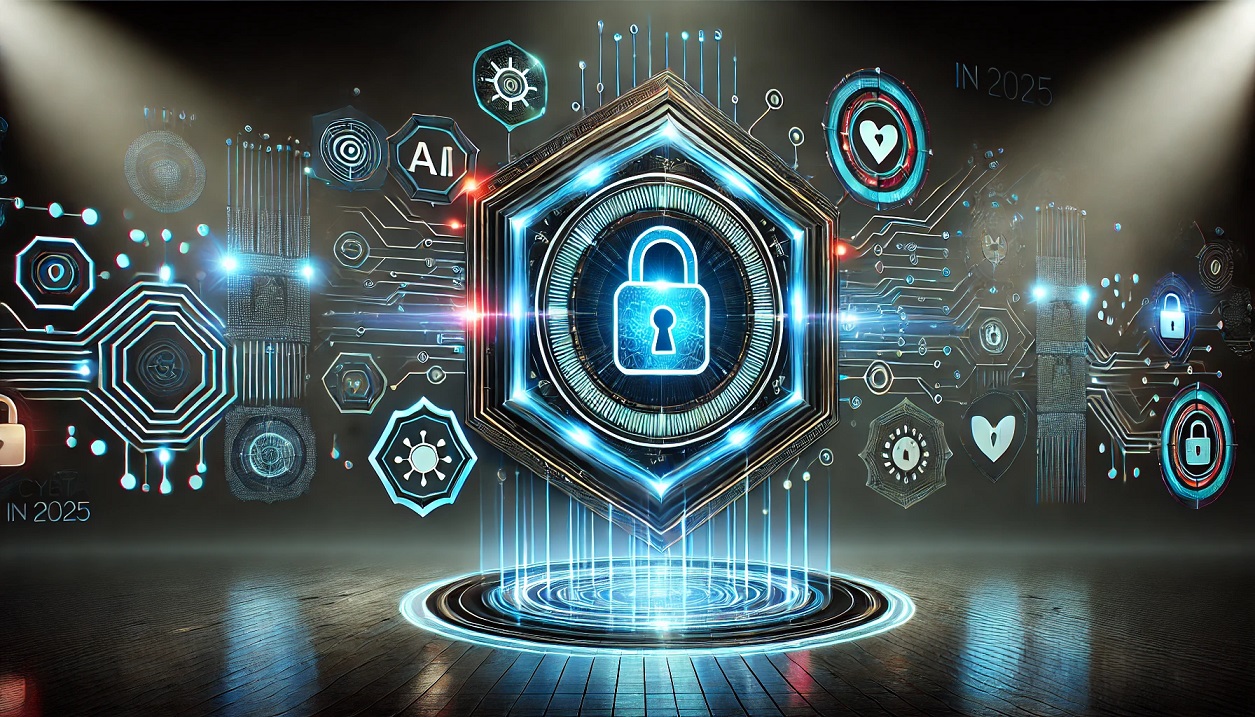
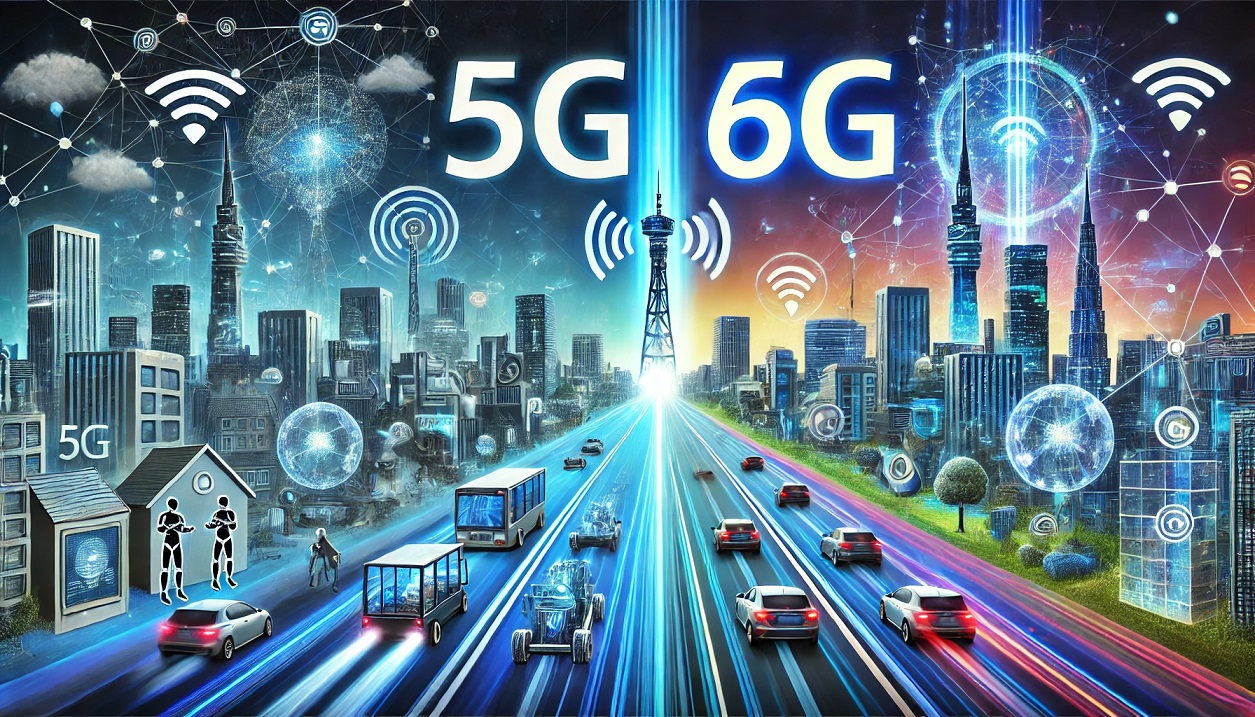
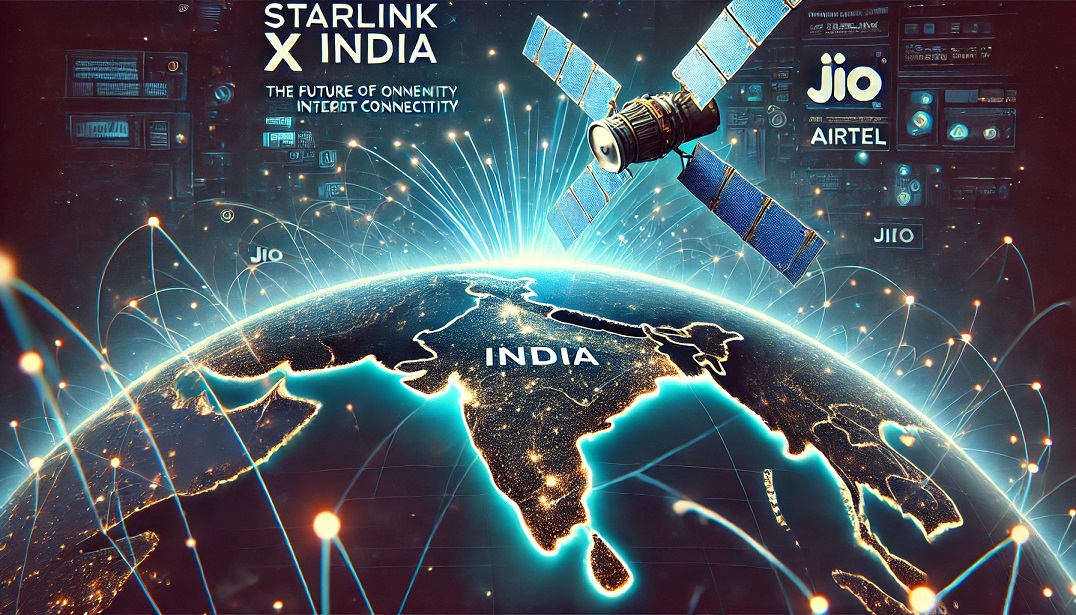
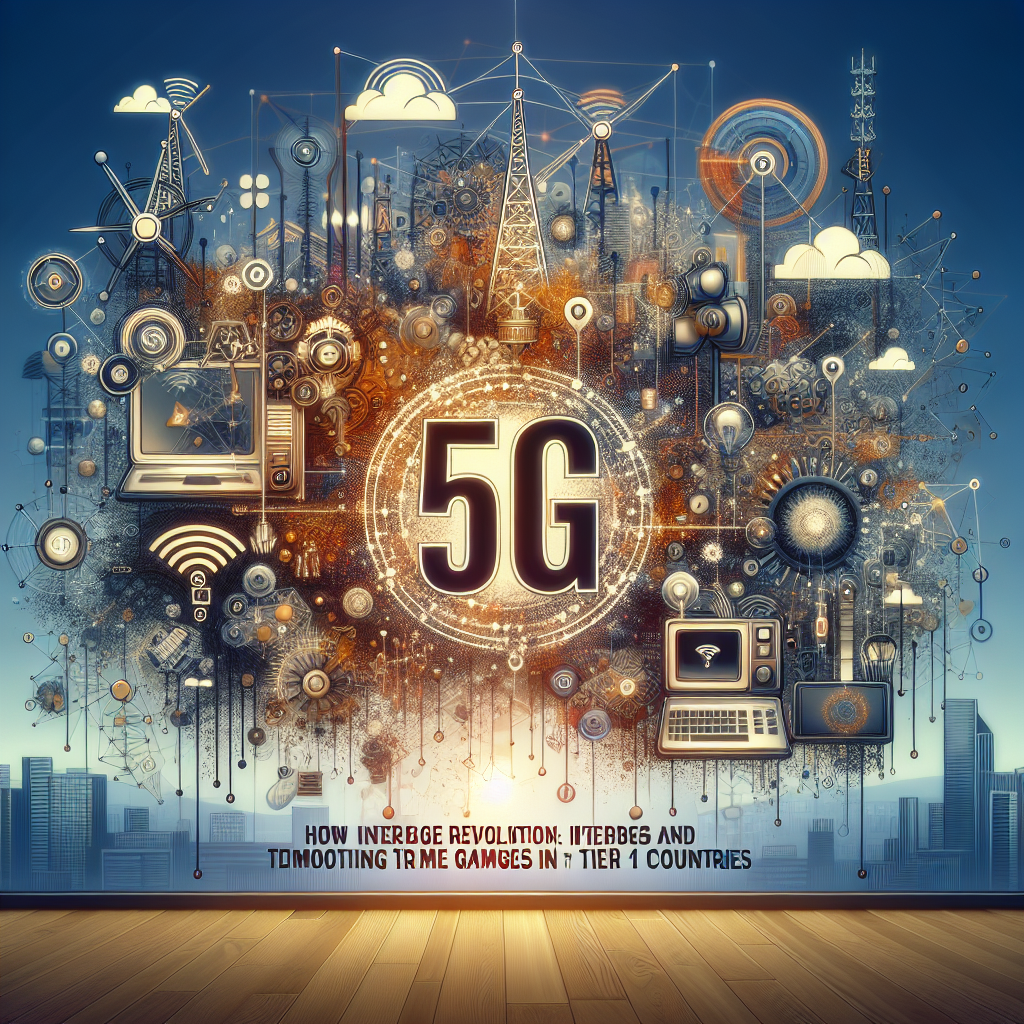








Comments 0